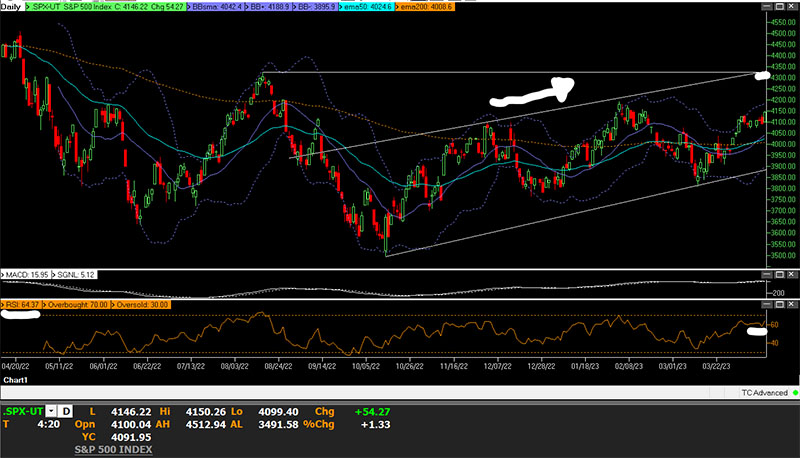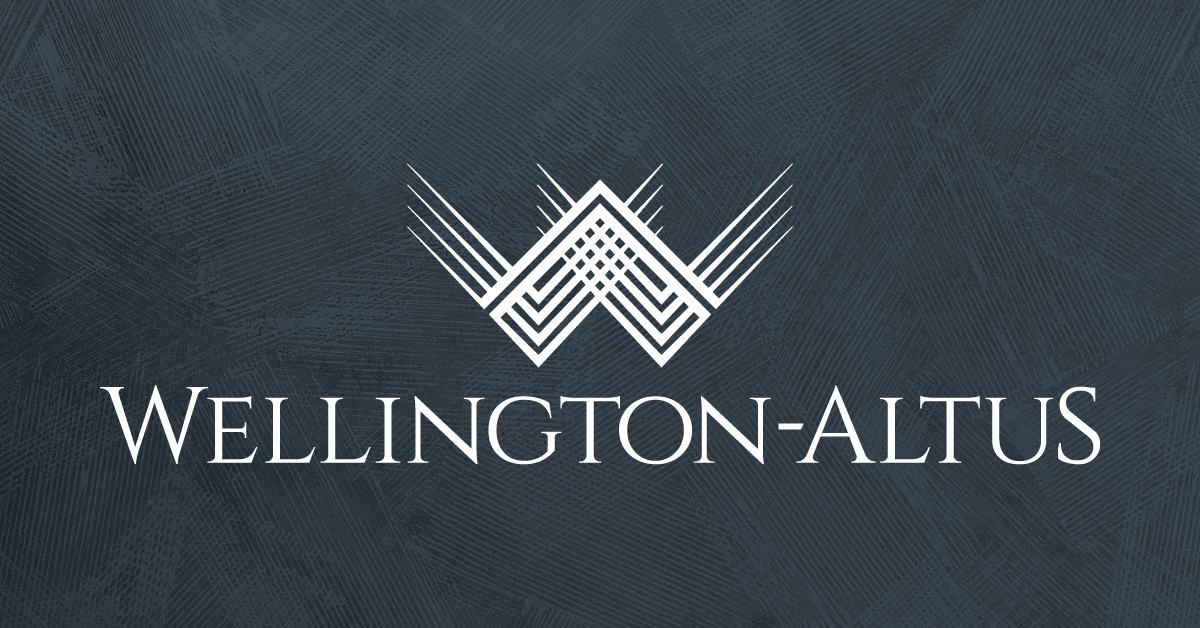“Innovation distinguishes between a leader and a follower.”
— Steve Jobs
Mortgage prison with slim chance for parole
Over the past year, the mortgage industry has witnessed a puzzling trend: surging mortgage rates have not resulted in significant forced selling, as one might expect. A deeper look into Canada’s banking practices reveals a possible reason for this phenomenon. Many banks are adopting a more flexible approach, allowing variable-rate mortgage payers who are under financial pressure to defer principal payments. In some cases, lenders even permit borrowers to add unpaid interest to the mortgage’s principal, a practice known as “negative amortization.” This strategy has successfully prevented distressed selling from flooding the market, which could create a cascade effect that would spiral into a larger crisis.
Despite the temporary stability achieved through these unconventional practices, concerns remain about the long-term sustainability of the housing market. Home prices have fallen nearly 16% nationally, though a recent uptick in prices can be attributed to limited supply. The key question is how long mortgage rates will stay elevated, given that housing unaffordability and debt levels continue to surpass those experienced during the 2008 crisis. Ultimately, while lenders’ collaboration with homeowners has staved off more immediate problems, it is crucial to recognize that financial laws, including standard mortgage practices, cannot be suspended indefinitely without potential consequences.

2023 Federal Budget: Key Highlights
On March 28, 2023, Chrystia Freeland delivered the 2023 Federal Budget and it looks like a path back to a balanced budget is off the table for the time being. The federal government is planning an additional $43 billion in net new costs over the next six years, while also projecting revenue will be about $34 billion less than the earlier forecast in November 2022. This all means that our government no longer expects a $4.5 billion surplus by 2027-28 (as projected in the recent Fall Economic Statement) and has reversed course with an expected $14 billion deficit in 2027-28.
Quick Facts:
- No change to personal or corporate income tax rates.
- No change to capital gains inclusion rate.
- No change to the principal residence exemption.
- Corporate capital gains surplus stripping strategies remain in tact.
- No wealth tax introduced.
- One-time grocery rebate by increasing the maximum GST credit.
- Expansion of Canadian dental benefit.
Key Takeaways from Budget 2023 for Wellington-Altus Clients
- Changes to the Alternative Minimum Tax (AMT) – the rules have expanded to apply to more higher-income earners.
- Changes to RESP maximum educational assistance payment (EAP) withdrawals in the first 13 weeks of enrollment – maximum has increased.
- Employee ownership trusts (EOT) will be available to facilitate business succession between business owners and employees starting January 2024.
- Changes to the Intergenerational Business Transfer Framework – Amendments to Bill C-208.
- Several tax credits and other incentives introduced for businesses producing and manufacturing clean energy.
- Proposal of several amendments to GAAR (General Anti-avoidance Rule).
Key Takeaways from Budget 2023 for Wellington-Altus Clients
- Changes to the Alternative Minimum Tax (AMT) – the rules have expanded to apply to more higher-income earners.
- Changes to RESP maximum educational assistance payment (EAP) withdrawals in the first 13 weeks of enrollment – maximum has increased.
- Employee ownership trusts (EOT) will be available to facilitate business succession between business owners and employees starting January 2024.
- Changes to the Intergenerational Business Transfer Framework – Amendments to Bill C-208
- Several tax credits and other incentives introduced for businesses producing and manufacturing clean energy.
- Proposal of several amendments to GAAR (General Anti-avoidance Rule).
Other Notable Measures
- Inflation adjustment on the excise tax for beer, spirits and wine temporarily capped at 2% for this year.
- Canada Student Grants (CSG) will increase by 40%.
- Government to lower credit card fees for small business.

Are the consequences of aggressive rate hikes finally revealing themselves? In his April Market Insights, Dr. James Thorne, Chief Investment Strategist at Wellington-Altus Private Wealth, highlights the recent banking crisis in the U.S. and Europe, and how investors can navigate it.
Read his Market Insights here.
Gold Seal Insights

Tanya’s Tips
If you are collecting or have applied to collect your Canada Pension Plan retirement pension benefits (CPP) and have a spouse or common-law partner (CLP) in a lower tax bracket, you may want to consider sharing your CPP benefits with them. The attached article discusses the benefits of sharing, how it works, at what age CPP sharing can start, as well as reasons CPP sharing would end.


Ryan’s Rationale: Defer Your Property Taxes
Annual Reminder: BC homeowners above age 55 — defer your property taxes! The window opens the first week of May.
The program allows you to skip payment of your annual property taxes, adding the taxes owing to an account that is only closed out when your home is sold.
There is no reason not to use the program. In this high-rate environment, it makes sense now more than ever: the interest on your tax deferral is presently 1.7%.
You can’t even borrow at that rate right now, but it gets better. Interest on this deferral is calculated as “simple interest”. It does not compound. Conversely, the money that you’d draw from your portfolio to pay the tax bill is allowed to continue growing.
Post 2020, this is as close to “free money” as you’re going to be able to find.
To take advantage of the program, you simply have to apply each year. Again, the window opens during the first week of May, so ensure you have your application ready.
You can find further details on the program as well as the application on the Government of BC Website or by Clicking Here.

Brendan’s Banter: A further history lesson
April has been a great month for the U.S. stock market. Since 1950, the April before an election year has yielded a positive return 17 out of 18 times, with an average rate of +3.48%. The one year (1987) when April saw a negative return was during one of the worst market experiences in history; this was the April leading up to Black Monday (October 1987). For those that remember, that doomed Monday saw markets down over 20% in one day and that week the markets were down another 10%+. Fun fact – this wasn’t caused by terrible economics, it was believed to be largely driven simply by a strong bull market that was overdue for a major correction.
The S&P 500 continues to act in a manner consistent with what we would expect given the economic conditions we’re experiencing. We’ve certainly not experienced a strong bull market these last 16 months. Here’s a snapshot of the last 12 months:

For those that know me, they know I like pictures. In this picture (above), I’ve drawn an arrow just above an “ascending channel”. An ascending channel is the price action contained between upward sloping parallel lines, also called a Bullish Channel Pattern. This is good sign. Let’s enjoy this rally!
I’ve drawn a horizontal line (just above the arrow) that meets the upward channel on the right side of the chart at 4300. This price level of the S&P 500 will likely be our next major inflection point. If the markets are strong, we’ll push higher; if not, that’s ok, it just means we’ll need more time. Our chief strategist believes it is possible we could get all the way back to all-time highs in the market by the end of the year – this is to be seen. That level – 4800.
Noteworthy Links
- Are Canadian snowbirds making the right choice of US state?
- Helping business owners weigh the salary vs dividend dilemma
- Who are the top-10 wealthiest billionaires in Canada?
- Ex-dealing rep asked elderly clients to name him in their wills
- Shred Your Bucket List: Why ‘Must-Do’ Travel Plans Are Ruining Your Vacations
- This overlooked cyber threat is on the rise…
- What will Canada’s spring housing market look like?
- Could the Bank of Canada reduce interest rates in 2023?

